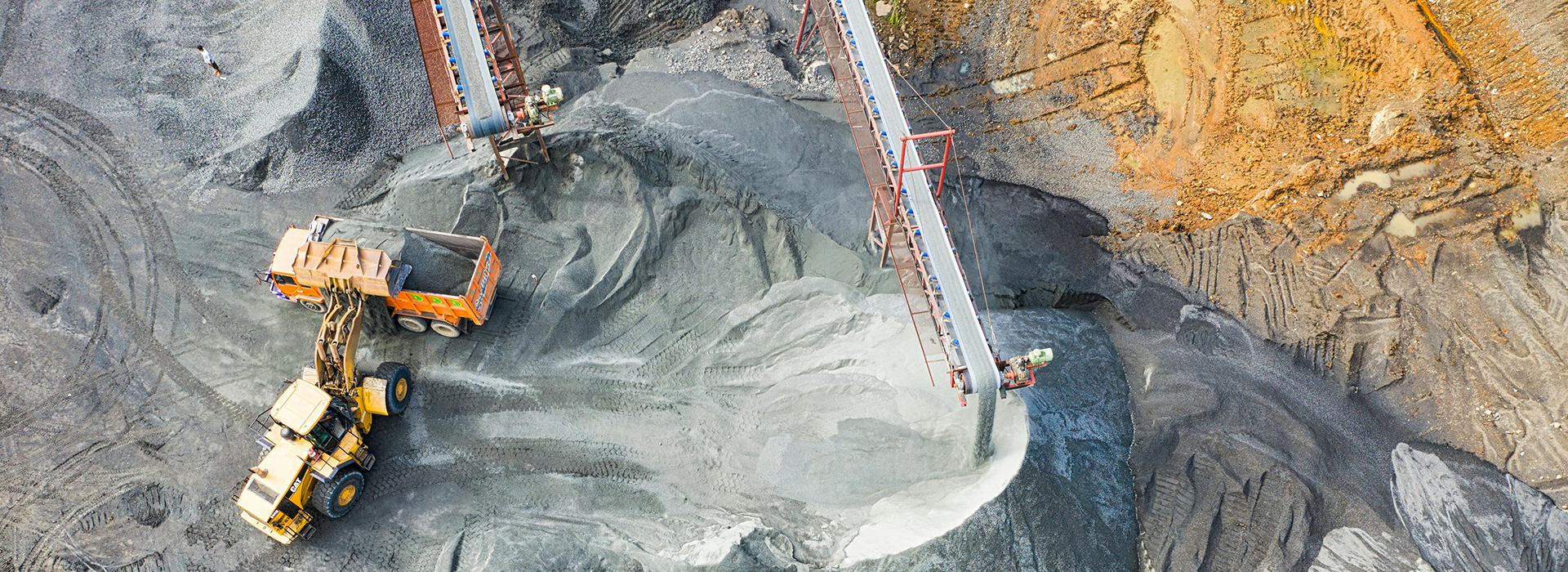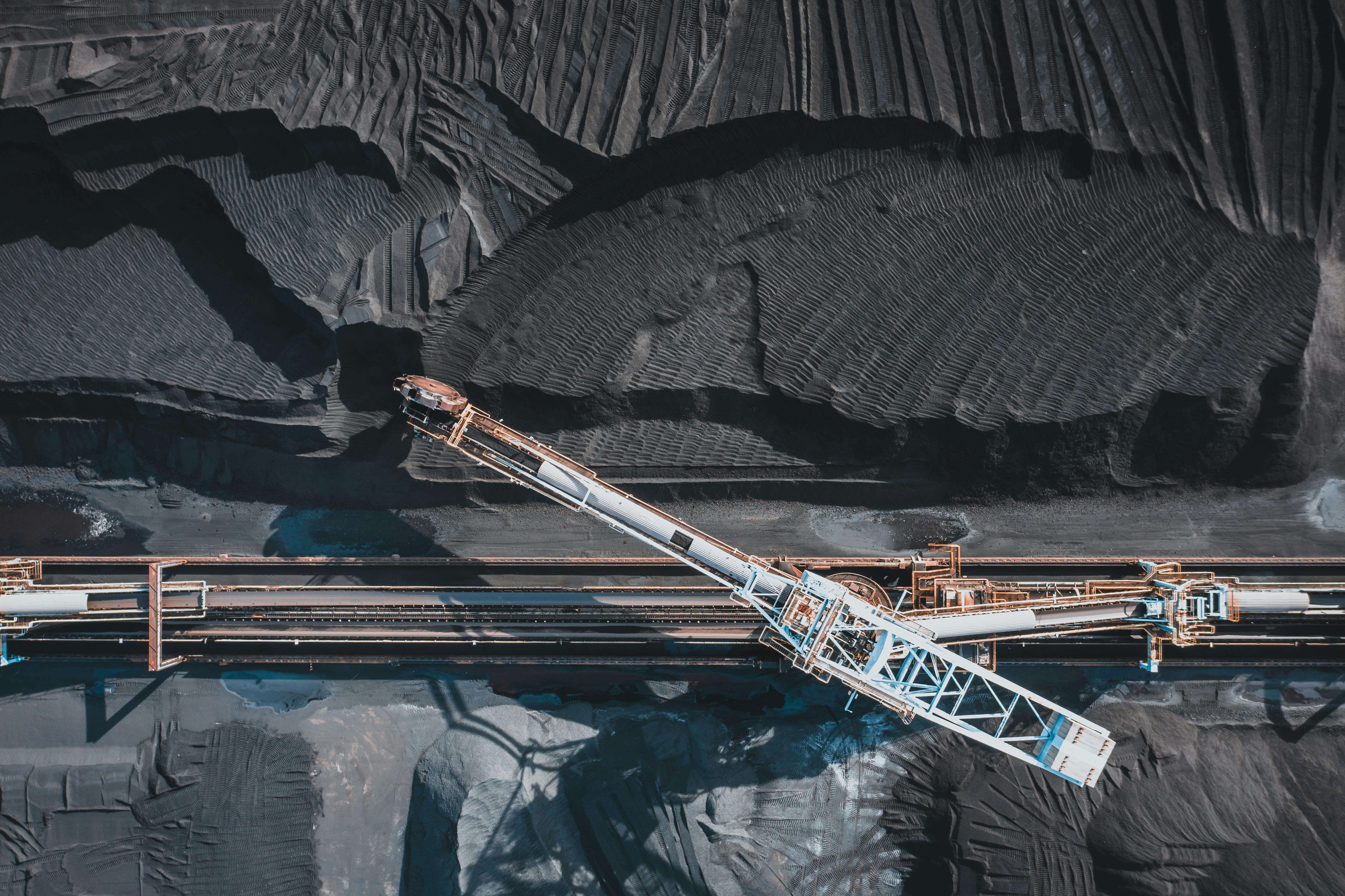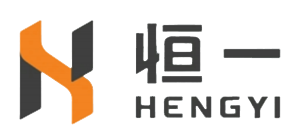
Causes of Conveyor Belt Deviation (1)
2025-09-01 13:25Belt conveyors are essential equipment in coal transportation systems, and their safe and stable operation directly impacts the coal supply to power generators. Belt deviation is the most common belt conveyor failure, and timely and accurate treatment is crucial for its safe and stable operation. Deviation can manifest and cause a variety of problems, and different adjustment methods are required to effectively resolve the issue.
1. A significant error in the perpendicularity between the mounting position of the load-bearing roller assembly and the conveyor centerline causes the Conveyor Belt to deviate in one direction within the load-bearing section. As the Conveyor Belt moves forward, it exerts a forward traction force Fq on the rollers. This traction force is broken down into a force component Fz, which rotates the rollers, and a lateral force component Fc, which causes the rollers to move axially. Since the fixed rollers of the roller bracket cannot move axially, they inevitably generate a reaction force Fy on the belt, causing the Conveyor Belt to move in the opposite direction, thus causing deviation. Understanding the forces acting on the load-bearing rollers when they are installed skewed makes it easy to understand the cause of Conveyor Belt deviation and the methods for adjustment clear. The first method involves machining elongated holes on both sides of the roller mounting holes during manufacturing to facilitate adjustment. Specifically, the roller assembly should be moved forward on the side the Conveyor Belt is deflecting, or backward on the other side. If the Conveyor Belt is deflecting upward, the lower end of the roller assembly should be moved to the left, and the upper end to the right. The second method involves installing self-aligning rollers. These come in various types, including intermediate shaft, four-link, and vertical roller types. These work by using blocks or rollers that rotate horizontally to block or generate lateral thrust, causing the Conveyor Belt to automatically center, thereby correcting belt deviation. The forces acting on these rollers are similar to those acting on skewed load-bearing rollers. This method is generally more effective when the belt conveyor is short or when the belt conveyor is operating in both directions, as shorter belt conveyors are more prone to deviation and difficult to adjust. This method is best avoided on long belt conveyors, as the use of self-aligning rollers can negatively impact the Conveyor Belt's service life.
2. The axis of the head drive roller or tail redirector roller is not perpendicular to the conveyor centerline, causing the Conveyor Belt to deviate at the head or tail redirector roller. When the roller deviates, the belt's tightness on either side of the roller becomes inconsistent, resulting in inconsistent traction force Fq along the width of the roller, either increasing or decreasing. This exerts a decreasing force Fy on the Conveyor Belt, causing it to deviate toward the loose side—the so-called "loosening, not tightening."

The adjustment method is as follows: For the head roller, if the Conveyor Belt deviates to the right, the right bearing seat should be moved forward. If the belt deviates to the left, the left bearing seat should be moved forward. Alternatively, the left or right bearing seat can be moved backward. The tail roller adjustment method is the opposite of the head roller. Repeated adjustments are performed until the belt is in the ideal position. It is best to accurately install the drive or redirector rollers before adjusting them.
